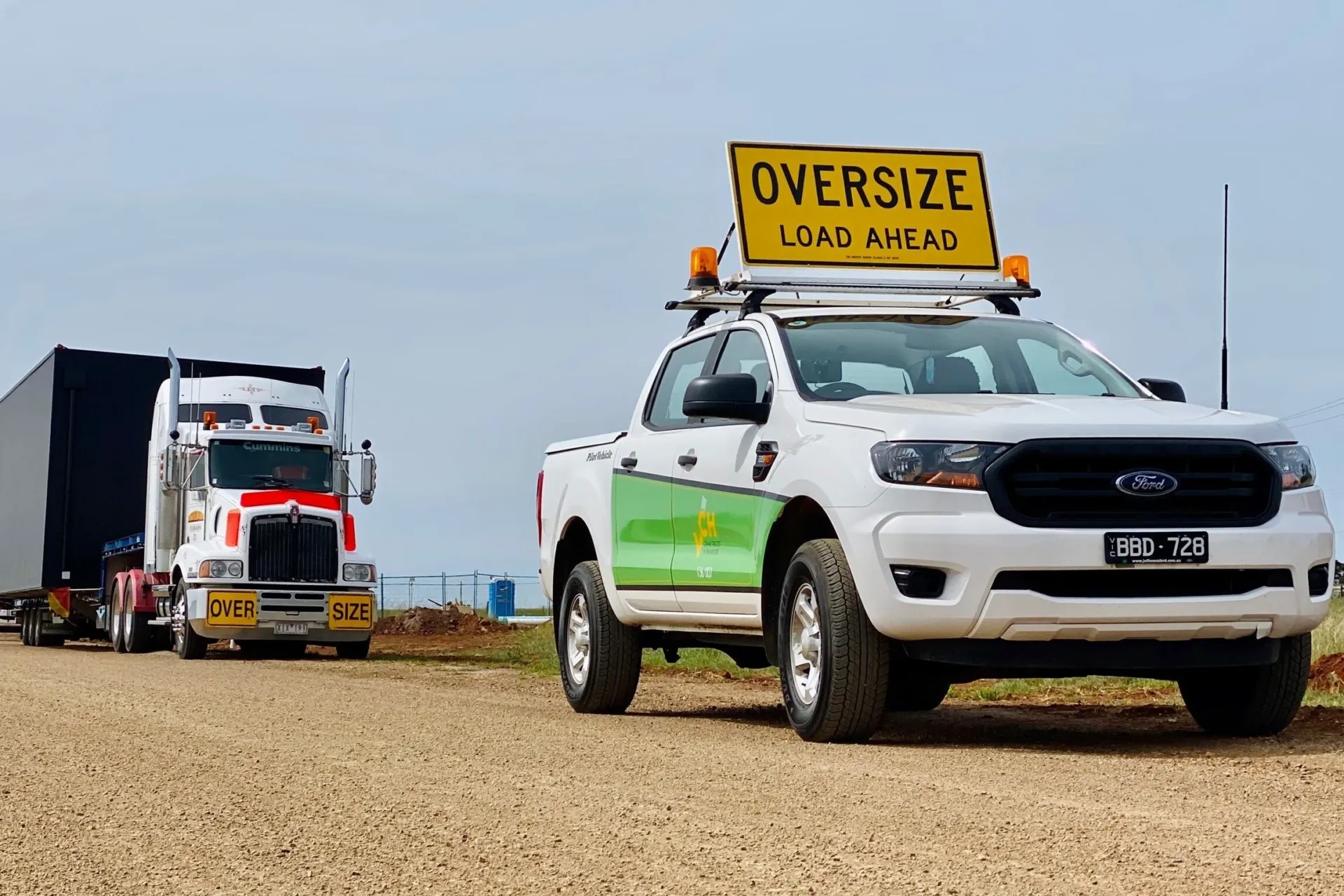Trucking Insurance Rating: The Straight Talk Guide
Carrier Eligibility and Your Trucking Insurance Rating
Your time in business is one of the first things carriers evaluate. It determines which markets you even qualify for:
-
0–1 Years: Limited options. Think Progressive, Geico, BHHC, Cover Whale.
-
2+ Years: You unlock mid-market carriers like Ten Four, Northland, and Nirvana.
-
3+ Years: You’re in the “preferred” category—Midwest Family Mutual, Berkley, Crum & Forster, and IAT start to open up.
The more years you’ve been in business, the more trust you build with underwriters—and that trust translates to better pricing.
Radius of Operation and Your Trucking Insurance Rating
Your operating radius is a huge driver of how trucking insurance rating is calculated.
-
Staying local (within 50 miles) can cut your premium by 30% or more.
-
Carriers like Progressive love local operations and reward them with lower rates.
If your routes keep you close to home, you’re already in a stronger position for affordable coverage.
Safety Scores and Their Impact on Trucking Insurance Rating
Think of your CSA or CAB score like your credit score—they follow you everywhere.
-
Avoid violations: Severe violations or alerts scare carriers off.
-
Keep scores clean: Clean records build underwriter confidence and open doors to better programs.
Once your scores cross certain thresholds, even brokers who want to help you may have limited options.
Loss Runs: Your Claims Résumé
Loss runs are like a résumé for your insurance history. They show carriers:
-
Dates and details of claims
-
Payout amounts
-
Claim status
A “clean sheet” with no claims is a green light to underwriters. If you’ve never requested loss runs from your current carrier, start now—they’re essential for shopping your policy effectively.
How Location Affects Your Trucking Insurance Rating
Where you operate matters more than you think.
-
Certain states: Places like New Jersey are high-risk for carriers due to state requirements like $1.5M liability minimums.
-
Big cities: Garaging in high-risk metro areas like Houston can also push your premium up.
-
Policy state alignment: Your garaging address and policy state must match. Cutting corners here can lead to denied claims.
Specialty Programs and In-House Carriers
Specialty carriers like Clear Blue, Trisura, and Obsidian can offer competitive programs—but only if your profile fits.
-
Clean data
-
Strong safety scores
-
Proper documentation
If you can deliver these, you’ll often see pricing advantages that general carriers can’t match.
Growth Strategy: Controlled Expansion for Better Ratings
Explosive growth is a red flag for carriers.
-
Jumping from 4 to 40 trucks in two months? Many carriers will cancel or non-renew you.
-
If growth is part of your strategy, communicate with your underwriter and build a safety plan that supports expansion.
Remember, Amazon might want you to scale fast, but your insurance carrier values stability first.
What Carriers Actually Rate (and What They Don’t)
Here’s how some popular carriers weigh key factors:
| Factor | Rated? | Notes |
|---|---|---|
| Credit Score | Yes | Can impact rates significantly. |
| MVR (Driving Record) | Yes | Clean records = better pricing. |
| Loss Runs | Yes | Claims history heavily influences rates. |
| CDL Experience | Yes | More experience, better rates. |
| Equipment Value | Yes | Impacts physical damage coverage. |
| Truck Age | Yes | Newer trucks may cost more but can lower risk. |
| ELD/Dash Cam | Yes | Clean ELD data often lowers premiums. |
| Cargo Type | Yes | Hazardous or high-value cargo costs more. |
| Radius of Operation | Yes | Local radius = lower premiums. |
| Years in Business | Yes | More years = more carrier options. |
| Turnover/Data Hire | Sometimes | High turnover raises concerns. |
| Location | Yes | Metro areas or risky states = higher costs. |
| Growth Rate | Yes | Uncontrolled growth raises red flags. |
| CAB Scores | Yes | Poor scores limit market access. |
Real-World Examples of How Ratings Change Premiums
-
A client with excellent credit saved over $20,000 by choosing Progressive.
-
Another with a bankruptcy history got a $50,000 Progressive quote, but less than half that with a carrier that didn’t pull credit.
-
A fleet of 40 units saved $220,000 annually by switching to Nirvana, thanks to clean ELD data.
These examples show that small profile details—credit, safety scores, and claims—can translate into big dollar differences.
Final Thoughts on Trucking Insurance Rating
There’s no hack or loophole to game the system.
If someone tells you to “just move your LLC to Iowa,” don’t. It’s expensive, time-consuming, and can leave you exposed to denied claims when you need coverage most.
Understanding trucking insurance rating is about being transparent, building a strong safety culture, and aligning your operations with the right carrier. Clean records, steady growth, and proactive communication with underwriters aren’t just good business practices—they’re your ticket to better rates and stronger partnerships with your carriers.




